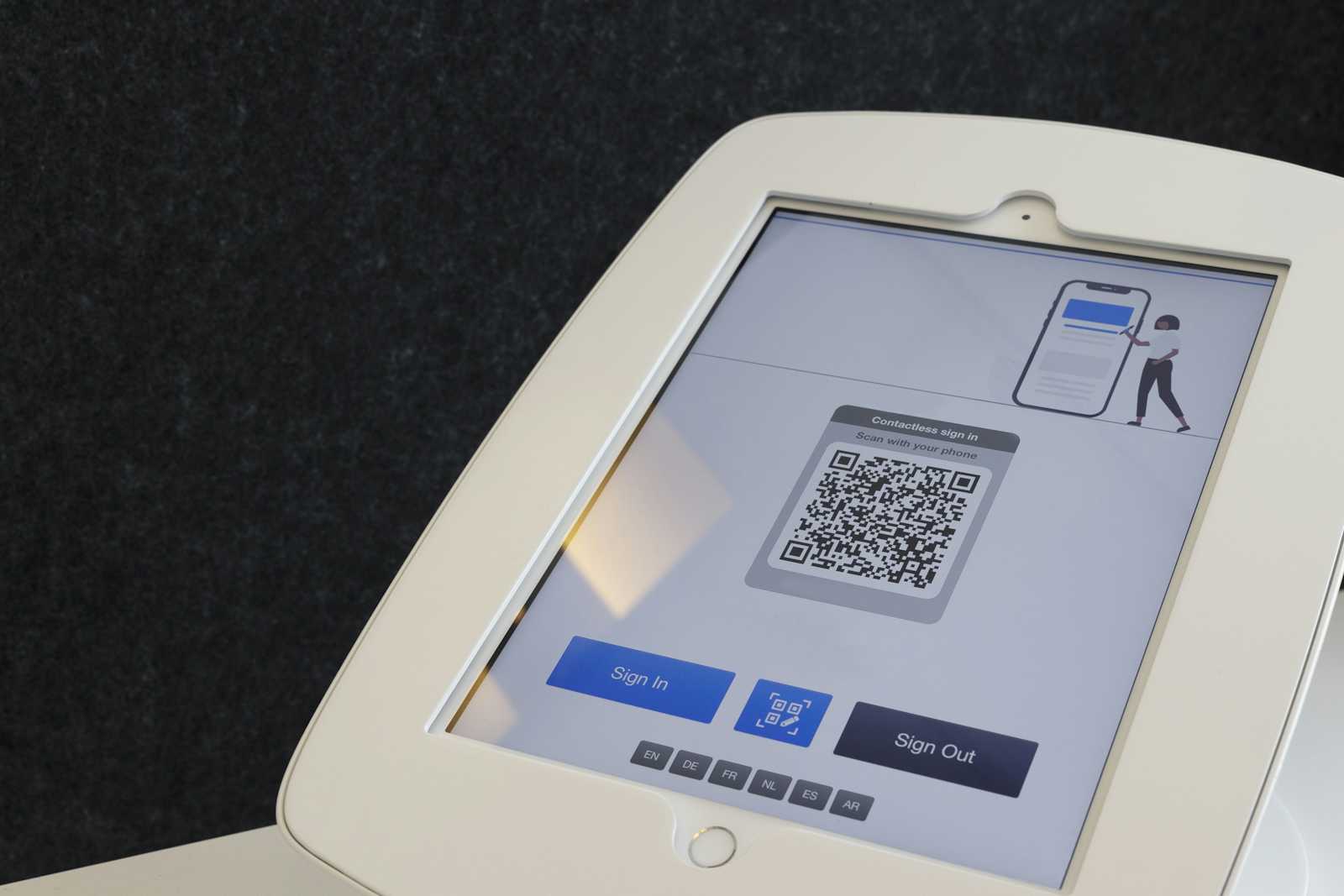The Role of QR Codes in Accelerating Cashless Transactions for Vendors
 Arsalan Shaikh
Arsalan Shaikh
In recent years, the global push towards a cashless economy has gained significant momentum, particularly in countries like India. Among the various technological advancements that are driving this transformation, QR codes have emerged as a game changer in simplifying digital transactions. For vendors, QR codes offer a seamless, secure, and cost-effective way to accept payments without the need for expensive point-of-sale (POS) terminals or complex infrastructure. This essay explores the role of QR codes in accelerating cashless transactions for vendors, and how they are shaping the future of business payments.
Simplification of Payment Acceptance
Traditionally, vendors have relied on physical cash for transactions, which involves challenges like managing cash flow, handling change, and ensuring the security of physical currency. With the advent of digital payments, QR codes provide an easy, efficient, and low-cost alternative. Vendors can generate a QR code linked directly to their bank account or payment gateway, allowing customers to pay by scanning the code using their smartphones. This process eliminates the need for manual entry of payment details, making transactions faster and reducing the risk of human error.
For small vendors or those in remote areas, setting up a digital payment system with a QR code is a straightforward process. It doesn’t require the purchase or maintenance of expensive hardware, making it accessible to businesses of all sizes. Once the QR code is generated, it can be displayed on the vendor's counter, invoice, or even shared digitally, allowing for instant payments.
Cost-Effectiveness and Accessibility
One of the primary advantages of QR codes for vendors is their cost-effectiveness. Traditional payment methods, such as credit card payments, require specialized POS terminals that incur setup and maintenance costs, including monthly rental fees, transaction charges, and occasional upgrades. On the other hand, generating and using QR codes for payment acceptance is virtually free for most vendors, especially since smartphones and internet access have become ubiquitous.
This accessibility is a significant boon for small and medium-sized enterprises (SMEs), which may not have the financial resources to invest in expensive payment infrastructure. With just a smartphone and an internet connection, vendors can offer their customers a secure, cashless transaction option. Moreover, QR codes eliminate the need for complex paperwork or additional training, enabling even the smallest businesses to take part in the digital payment ecosystem.
Enhanced Security and Fraud Prevention
Security is a major concern for both vendors and customers when it comes to digital payments. QR codes enhance security by reducing the risk of fraud that typically arises from card-based payments. Since QR codes are often one-time use, they are less susceptible to fraud compared to traditional card swiping or online payment methods. Additionally, most QR code payment systems are encrypted, offering added protection for financial transactions.
For vendors, this means fewer risks associated with handling cash, such as theft or counterfeit currency. Moreover, QR codes offer a clear audit trail, making it easier for vendors to track payments and manage their finances. By eliminating the need for physical currency exchange, vendors can also avoid the security risks posed by cash handling, further contributing to the safety of their operations.
Increased Transaction Speed and Customer Convenience
One of the biggest advantages of QR code payments is the speed at which transactions are processed. For customers, scanning a QR code with their smartphone is much quicker than fumbling for cash or swiping a card. The transaction is completed in seconds, which not only reduces the time spent in queues but also enhances the overall customer experience.
For vendors, this rapid processing time means more efficient transactions and faster turnover. In busy environments, such as retail stores, restaurants, or public transportation hubs, the ability to process multiple transactions quickly can significantly improve operational efficiency and reduce wait times. Furthermore, with the rise of mobile wallets and UPI-based payment systems, QR codes enable customers to make payments without the need to carry cash or cards, making the payment experience more convenient for them.
Facilitating Financial Inclusion
QR codes also play a critical role in promoting financial inclusion, particularly in developing economies where access to banking services has been historically limited. With a QR code-based payment system, even individuals without bank accounts or access to traditional financial services can easily make payments through mobile wallets or other digital payment platforms. This allows vendors to tap into a larger customer base, including those who are not typically served by traditional banking institutions.
In rural areas, where internet and smartphone penetration is rapidly increasing, QR codes offer an opportunity for local vendors to integrate into the larger digital economy. This financial inclusion benefits not only the vendors but also the broader economy, as it promotes a cashless culture and supports the growth of digital transactions.
Supporting Government Initiatives
In many countries, governments are actively promoting cashless transactions as part of their broader economic strategies. By reducing reliance on physical cash, these initiatives aim to curb corruption, improve tax compliance, and foster greater transparency in business dealings. QR codes align perfectly with these goals, providing an easy-to-implement solution for vendors and customers alike.
For example, vendors who accept digital payments via QR codes are often able to integrate their transactions with government-backed financial platforms, facilitating tax collection and other regulatory requirements. This not only helps streamline business operations but also contributes to the larger goal of creating a more transparent and efficient economy.
Conclusion
QR codes are playing a transformative role in accelerating cashless transactions for vendors, offering a simple, secure, and cost-effective method for accepting digital payments. By eliminating the need for expensive hardware, enhancing transaction security, and promoting financial inclusion, QR codes are empowering vendors to participate in the digital economy and improve their business operations. As the world continues to embrace cashless transactions, QR codes will remain a key tool in shaping the future of payments for vendors and consumers alike.
Subscribe to my newsletter
Read articles from Arsalan Shaikh directly inside your inbox. Subscribe to the newsletter, and don't miss out.
Written by
